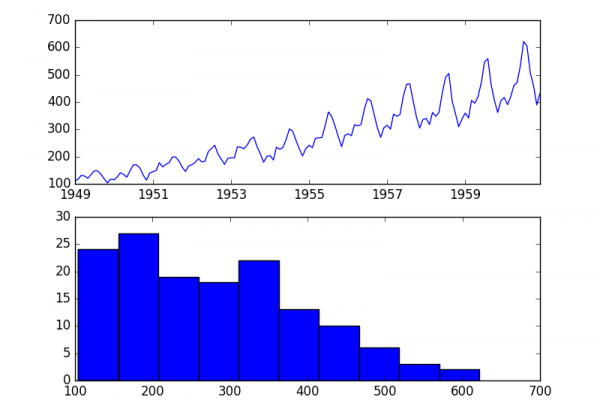How to Use Power Transforms for Time Series Forecast Data with Python

Last Updated on August 28, 2019
Data transforms are intended to remove noise and improve the signal in time series forecasting.
It can be very difficult to select a good, or even best, transform for a given prediction problem. There are many transforms to choose from and each has a different mathematical intuition.
In this tutorial, you will discover how to explore different power-based transforms for time series forecasting with Python.
After completing this tutorial, you will know:
- How to identify when to use and how to explore a square root transform.
- How to identify when to use and explore a log transform and the expectations on raw data.
- How to use the Box-Cox transform to perform square root, log, and automatically discover the best power transform for your dataset.
Kick-start your project with my new book Time Series Forecasting With Python, including step-by-step tutorials and the Python source code files for all examples.
Let’s get started.
- Updated Apr/2019: Updated the link to dataset.
- Updated Aug/2019: Updated data loading to use new API.
Airline Passengers Dataset
The Airline Passengers dataset describes a total number of airline passengers over time.
The units are a count of the number
To finish reading, please visit source site